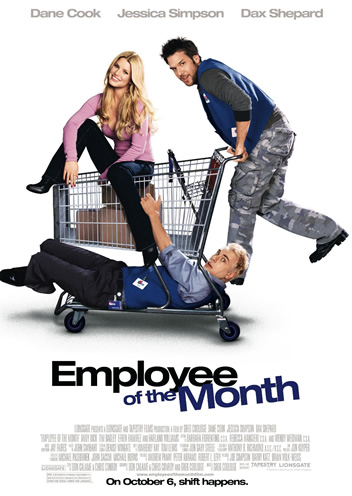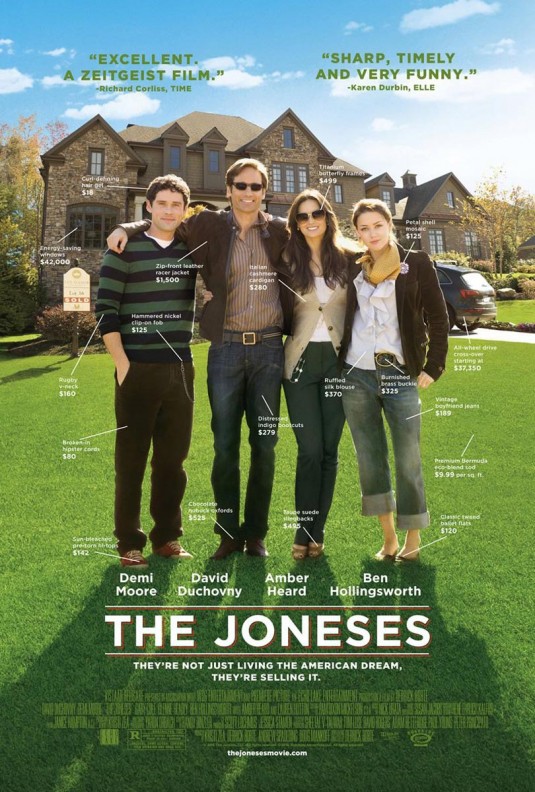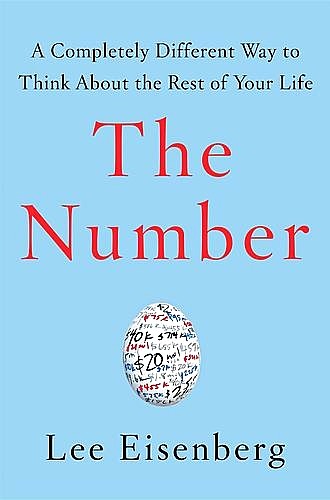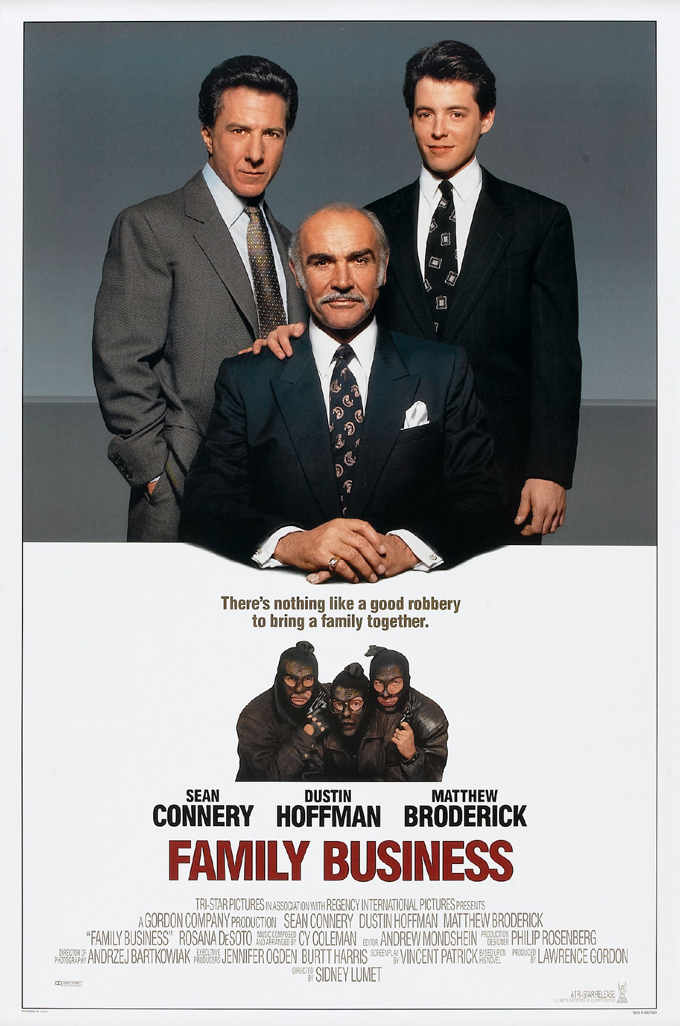Does your website need a redesign?
Does your website need a redesign?
Most web pages include lots of “furniture”, such as branding, navigation, images, advertising and lists of other useful things you might want to look at. Indeed, when we land on a plain text web page we tend to think it is something from the dark ages of the early Internet. These days we expect colour, graphics, video, useful links and so on.
However, new research suggests this could all be working against us, as website owners.
Blinded by science?
Neuroscientists at University College London have identified a phenomenon they are calling “load blindness” – the more information that we see, the more we don’t see it. This is a particular problem in certain professions such as being an airline pilot or a surgeon, where lots of visual information has to be processed. However, it is clearly also an issue for web pages.
What the researchers found was that when we are presented with lots of information in one go, our awareness for that information decreases. Indeed, the scientists found that the impact was the equivalent of turning the lights down to dim – we just can’t see as much.
The problem for web designers, though, is how do you include all the necessary information without leading to “load blindness”?
Information overload
When you only have a small amount of information presented, added extras lead to distraction. So if you design a simple web page with one banner advert, for instance, the advertisement distracts the visitor, leading to loss of attention on what you might be wanting them to read. However, if you overload the page with extra “furniture” the distraction level appears to drop – therefore suggesting that you might get more engagement. But this new study suggests the opposite – it implies that your visitors don’t actually see as much as you think they do. The overload of information is effectively closing their eyes to what you want them to see.
What this study is really suggesting to us as website owners is that we need to think carefully about the pages we produce. Too little visual information can lead to distraction, too much visual information can lead to load blindness. Either way, many web pages could be getting traffic, but not actually having the required impact. It could explain why bounce rates are so high, on average; people simply do not see anything when they land on the pages because there is too much to see.
It is not the extent of the information that is the problem – you can have web pages with thousands of words on them. It is the amount of visual information that can be seen in a glance that is the issue. Too much “furniture” on your web pages could mean that people simply do not see what you want them to see.
Graham Jones













